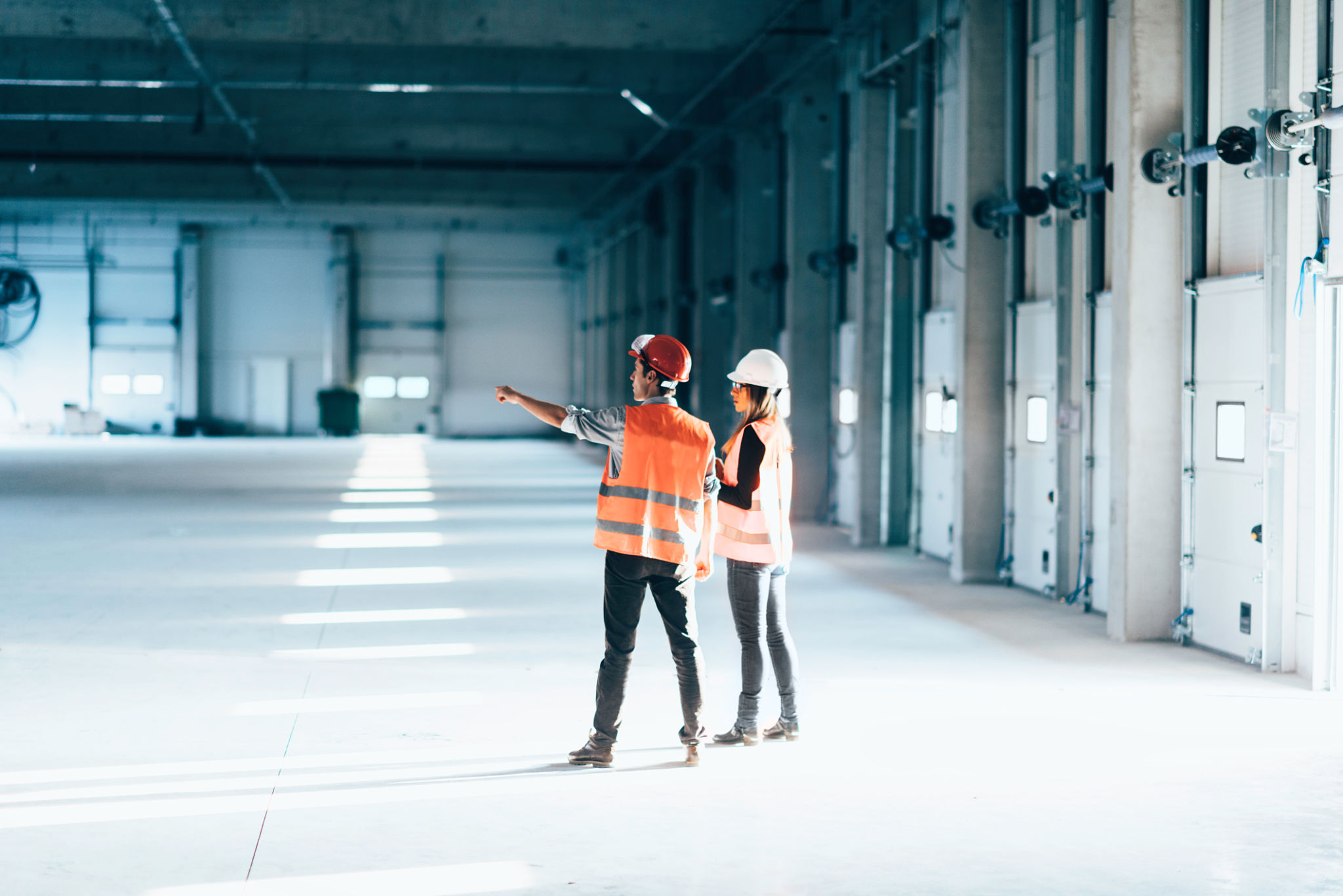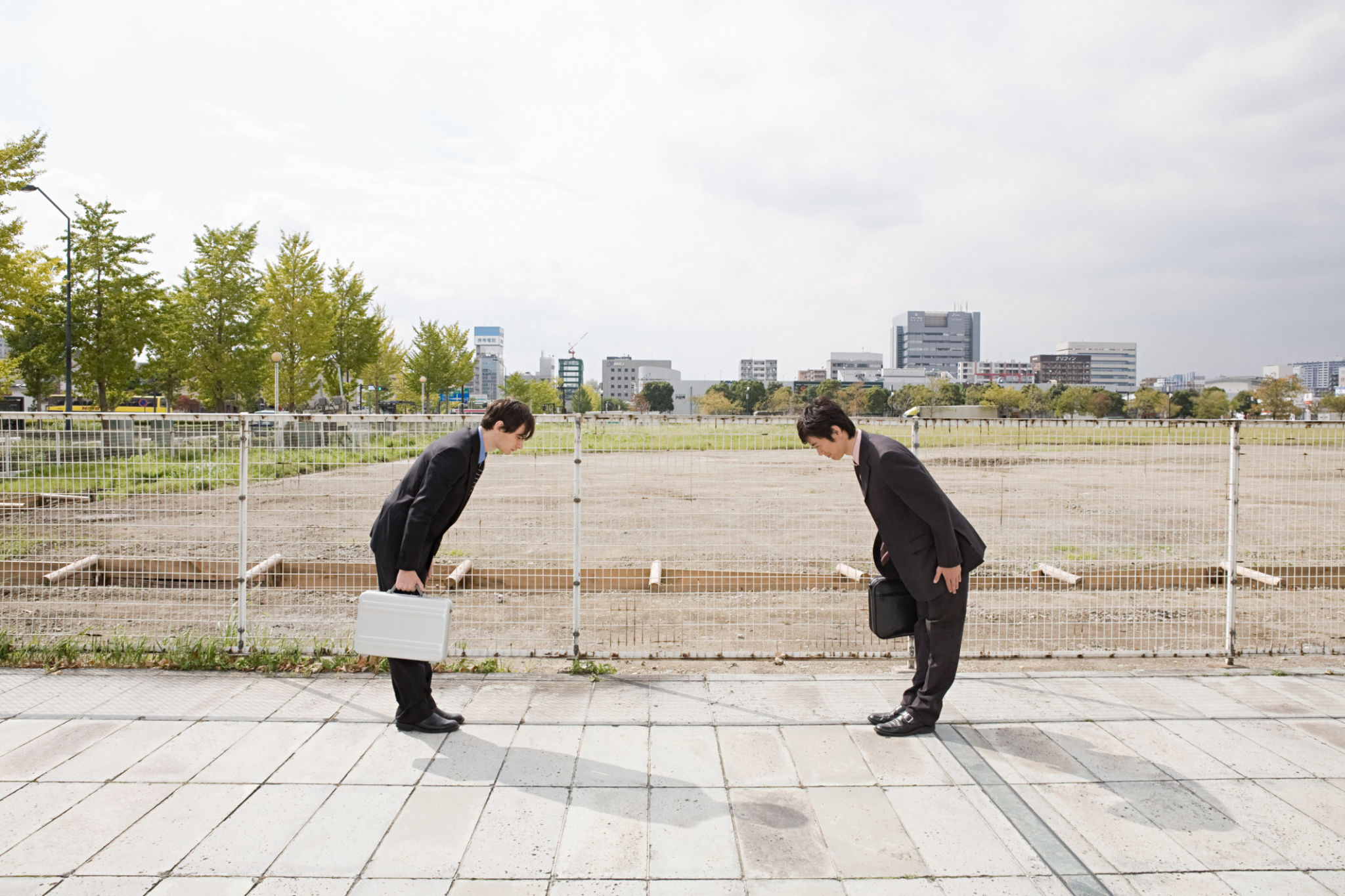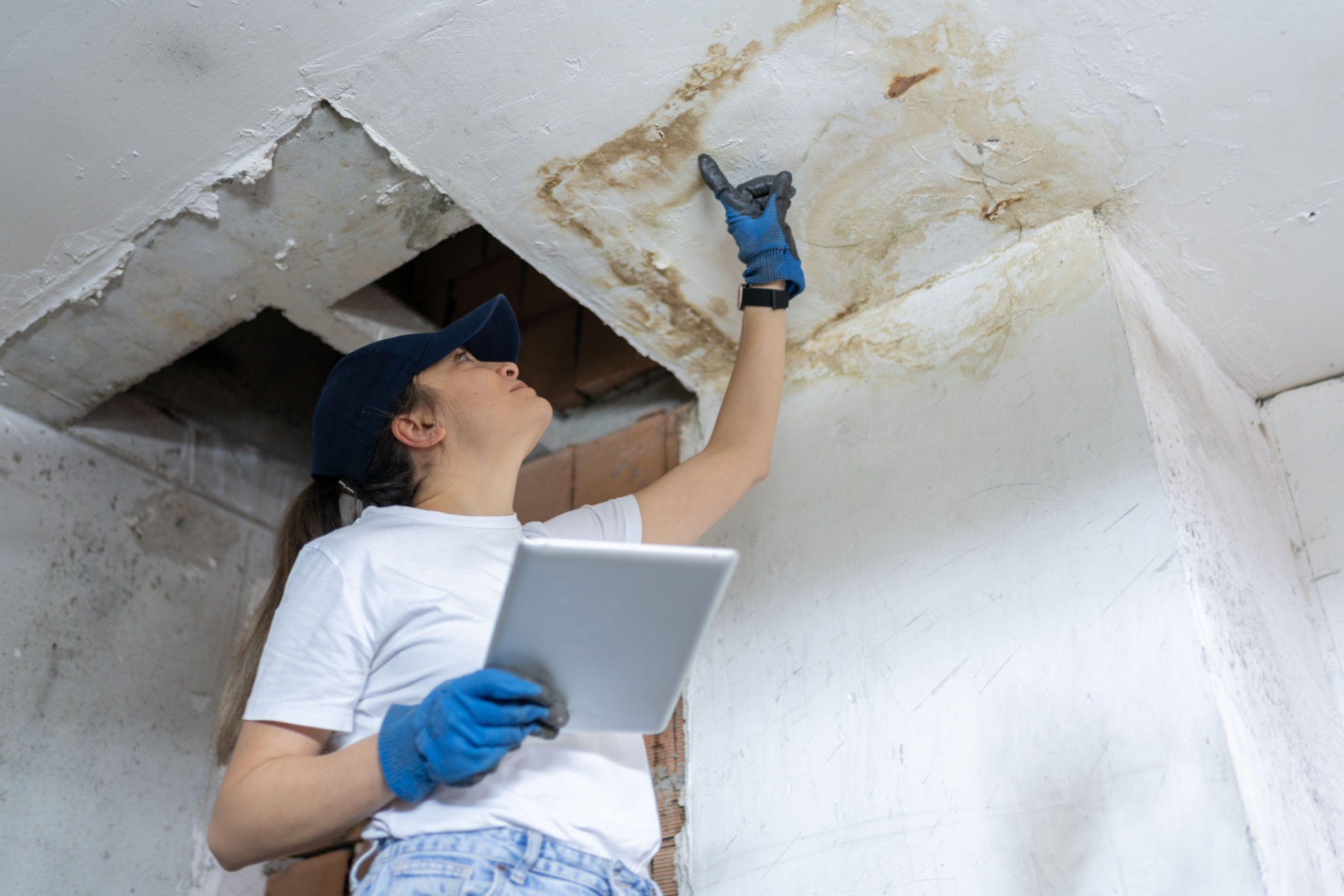Comprehensive Guide to Los Angeles Building Safety Inspections
Understanding the Importance of Building Safety Inspections
Building safety inspections are crucial for ensuring the structural integrity and safety of buildings, especially in a city like Los Angeles, known for its seismic activity. These inspections help identify potential hazards and ensure compliance with local building codes. Regular inspections are not just a regulatory requirement but also a vital step in protecting property and lives.

The Role of the Los Angeles Department of Building and Safety
The Los Angeles Department of Building and Safety (LADBS) plays a pivotal role in enforcing building codes and standards. They are responsible for issuing permits, conducting inspections, and ensuring that all constructions adhere to safety regulations. The department aims to maintain public safety by preventing unsafe buildings from being occupied or constructed.
One of the key functions of LADBS is to perform routine inspections during various stages of construction. These inspections include checking the foundation, framing, electrical systems, plumbing, and final assessments before occupancy. Compliance with these inspections is mandatory for all new constructions and significant renovations.
Types of Building Safety Inspections
There are several types of building safety inspections that property owners in Los Angeles should be aware of. These include:
- Structural Inspections: Focus on the building's framework to ensure it can withstand environmental pressures.
- Electrical Inspections: Ensure that all electrical installations comply with safety standards to prevent hazards.
- Plumbing Inspections: Verify the integrity of plumbing systems to prevent leaks and contamination.
- Fire Safety Inspections: Assess the building's fire prevention measures, including alarms, sprinklers, and exits.

Steps to Prepare for a Building Inspection
Property owners can take several steps to prepare for a successful building inspection. First, ensure that all construction work complies with the approved plans and building codes. It's also essential to keep detailed records of all modifications and repairs made to the property.
Before the inspection, clear any debris or obstructions that might hinder access to different areas of the building. This allows inspectors to perform their duties efficiently and reduces the likelihood of re-inspection due to missed areas.
Common Issues Found During Inspections
During building safety inspections, some common issues may be identified. These can include improper installation of electrical wiring, inadequate fire safety measures, poor drainage systems, and structural weaknesses. Addressing these issues promptly is critical to ensure compliance and avoid potential fines or legal action.

The Consequences of Failing an Inspection
Failing a building safety inspection can have significant consequences. Not only can it delay construction projects, but it may also result in fines or even legal action. More importantly, it poses a risk to the safety of occupants and the general public. Therefore, addressing any deficiencies identified during an inspection should be a top priority for property owners.
Conclusion: Ensuring Safety through Vigilance
Building safety inspections are an essential component of maintaining safe and secure structures in Los Angeles. By understanding the importance of these inspections and preparing adequately, property owners can ensure their buildings comply with all necessary regulations. Regular maintenance and prompt attention to identified issues will help preserve the integrity of structures and safeguard lives.